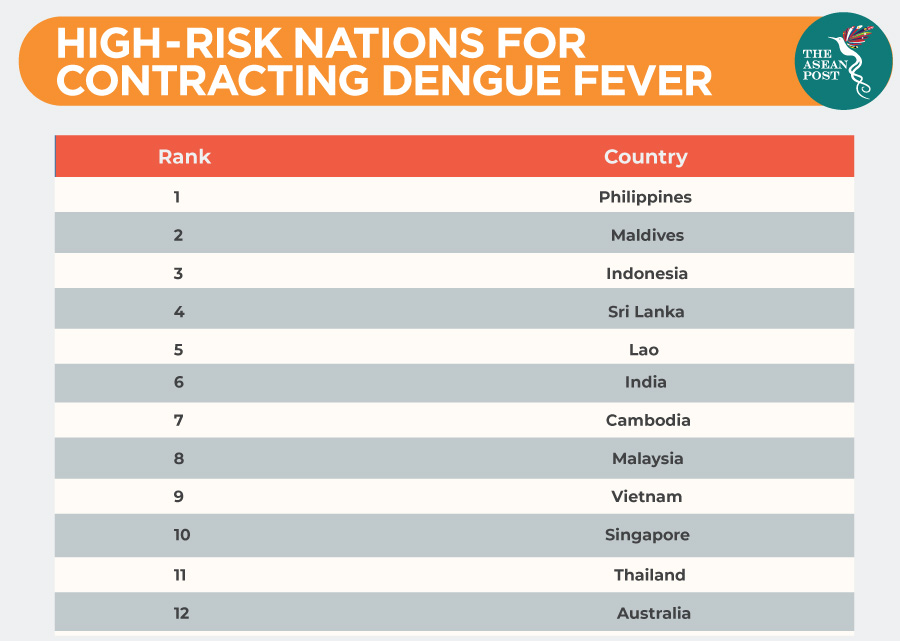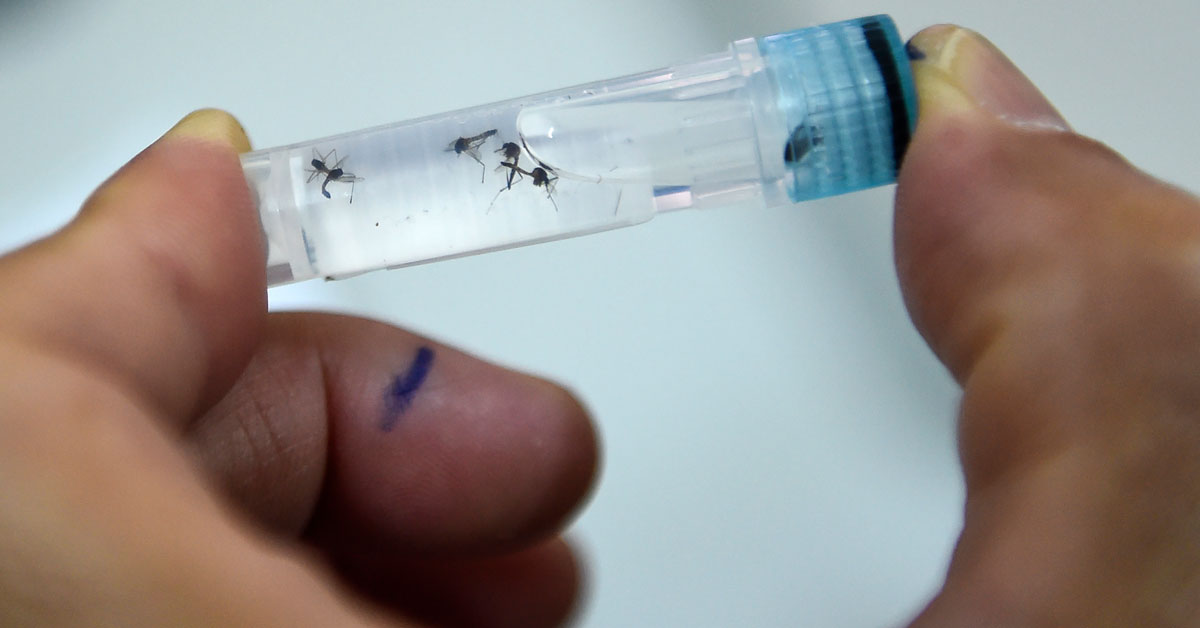The world welcomed 2020 with paranoia and caution as the novel coronavirus that originated from Wuhan, China – spread around the globe. As of 7 February 2020, over 600 deaths have been recorded and more than 30,000 people have been infected. The public are encouraged to wear masks at all times and flights to and from China have been cancelled in some countries. Wuhan and other cities in China have been quarantined and are now under lockdown to halt the spread of the deadly virus. The World Health Organization (WHO) has called it a global health emergency. The world has also been hit with the news of the H5N1 “bird flu” outbreak that was reported in the Hunan province of China. The death of 1,000 pigs in Bali, Indonesia from African Swine Fever was confirmed by the media too.
It is unfortunate that all these plagues are disrupting the health of people and the economies of countries worldwide. But one of the most infectious diseases to haunt Southeast Asia for decades is dengue fever.
An estimated 390 million infections of dengue occur every year. The mosquito-borne viral disease is transmitted to humans through the bites of female mosquitoes, mainly of the species Aedes aegypti and, to a lesser extent, Ae. albopictus. Aedes mosquitoes are identified by the black and white stripes on their bodies. According to the WHO, these mosquitoes are vectors of chikungunya, yellow fever and Zika viruses. Severe dengue can cause bleeding that leads to organ impairment or plasma leakage and eventual death. The Centers for Disease Control and Prevention (CDC) in the United States (US) said that 40 percent of the world’s population live in areas at risk of dengue, including ASEAN countries.

Philippines
Last year, the Philippines Department of Health declared a national dengue epidemic after 271,480 dengue cases were reported from January to August, 2019. By November 2019, 414,532 people were infected with the virus and over 1,000 deaths were recorded. The media dubbed it the worst dengue outbreak since 2012. Singapore-based consumer information provider, ValueChampion conducted a study across 12 countries in Southeast Asia and found that the Philippines is the nation most at risk from dengue in the region.
Indonesia
Indonesia is the second ASEAN nation most at risk of catching the disease after the Philippines. At least 110,000 cases of dengue were recorded last year in the country, mostly affecting those in Java, Bali and Sumatra, according to the International Association for Medical Assistance to Travellers (IAMAT). 100 deaths were reported in just the first month of 2019.
Lao
Lao ranks fifth among countries at risk of dengue in Southeast Asia, and third in ASEAN. The IAMAT discovered that the dengue epidemic in Lao peaks during warmer and wetter months, typically from May to October of every year. 38,000 people were said to be infected with dengue fever in 2019. However, the mortality rate of dengue cases in Lao is notably lower than other countries in Southeast Asia, based on the ValueChampion study.
Other ASEAN countries such as Cambodia, Malaysia, Vietnam and Singapore are also in the top 10 list of nations most at risk of contracting the disease. According to the WHO, despite the numbers reported, "a vast majority of cases are asymptomatic and hence the actual number of dengue cases are underreported and many cases are misclassified."
Typical symptoms of dengue include nausea, vomiting, rashes and joint pains – whereas a severe attack of dengue could cause someone to bleed from the nose and gums.
Although dengue fever has been around since the 1970s, there is still no specific medication to treat its victims. In 2019, the US Food and Drug Administration (FDA) approved the first dengue vaccine called Dengvaxia and it is available in some countries for people aged nine to 45 years. However, Malaysia’s Health Minister, Dr Dzulkefly Ahmad said the vaccination did not show any medical evidence that it was effective, adding that the only way to curb the disease “is through prevention, such as fogging.” The Philippines also suspended the sale and distribution of the vaccine after the drug maker warned it could worsen symptoms for people who had not been previously infected.
Dengue-carrying mosquitoes breed in clean, stagnant water typically found in homes. The best solution to prevent the birth of aedes mosquitoes and the subsequent spread of dengue fever is by frequently checking and removing stagnant water in premises.
Related articles:
